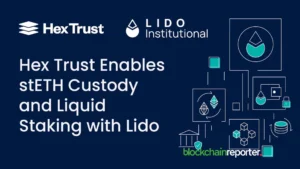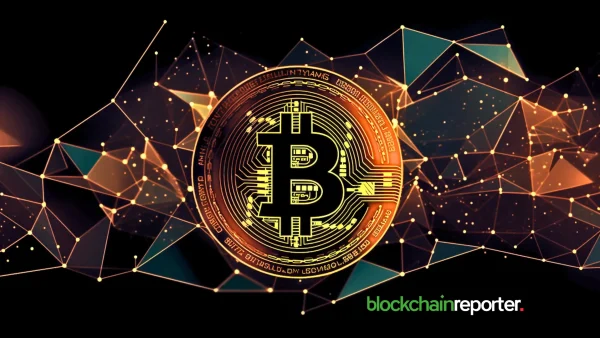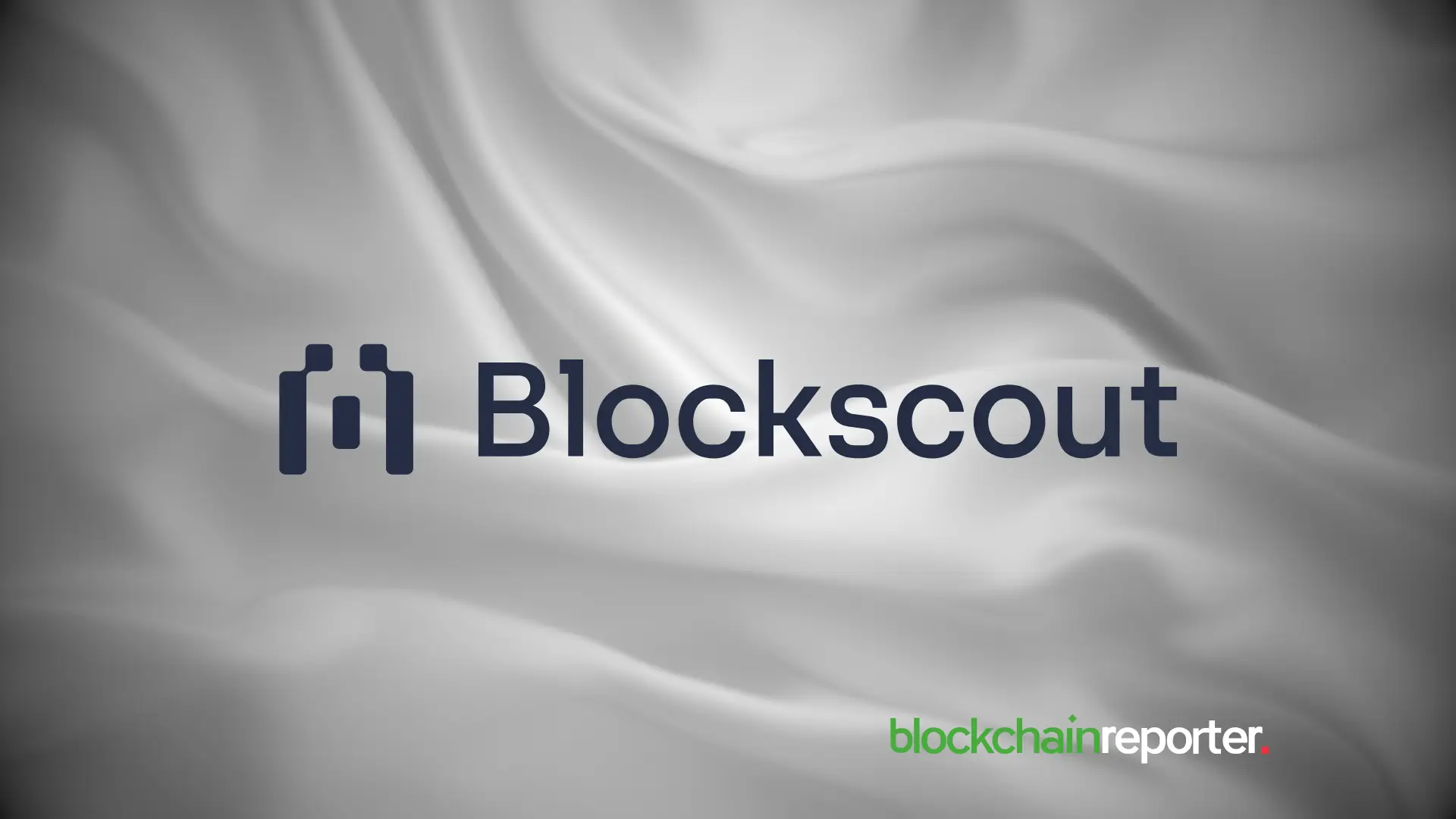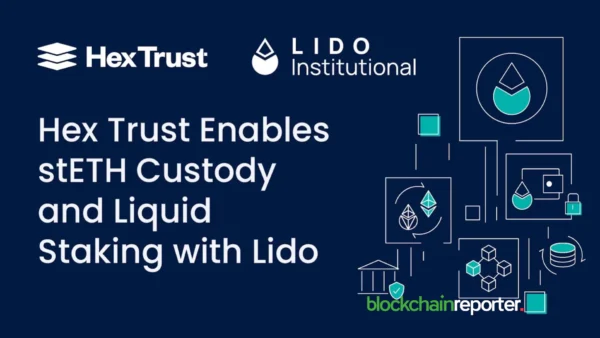
As the cryptocurrency sector is progressing, Dencun Upgrade (or Cancun-Deneb Upgrade) keeps on maintaining the naming tradition as the hallmark of the hard forks of Ethereum. The execution layer derives its name from Cancun (the place where Devcon had been previously held) while the consensus layer utilizes the name Denub. As per the schedule, 13 March was the date for the launch of the upgrade. It comprises several Ethereum Improvement Proposals (EIPs). This study provides a guide about Dencun Upgrade, its EIP-4844, post-Dencun Rollups, and the subsequent impact on validators and staking along with the latest updates.
Introduction to Dencun Upgrade
*ETH* is the prominent blockchain that now uses a proof-of-stake (PoS) consensus mechanism, turning it into Ethereum 2.0. It introduced smart contracts in 2015 but this posed several challenges such as slow transfer processing. This spiked the transfer fees. This highlighted the requirement for the Dencun upgrade. The Dencun upgrade plays the role of a crucial network upgrade and proto-danksharding EIP-4844 is its most significant component. This takes into account the blockchain scalability by developing more space to provide data spots. The upgrade fulfills this purpose with EIP-4844’s implementation.
This makes Ethereum network transfers more affordable, providing a huge benefit to businesses and individual users. The upgrade is reportedly a noteworthy move to enhance the Ethereum network. The primary focuses of the upgrade include enhanced blockspace efficiency, decreased gas fees, as well as improved staking pools and bridge designs. The latest developments dealing with the respective upgrade could potentially revolutionize the whole network in the future.
EIP-4844: The Rollup-Centric Proto-Danksharding
In line with the statistics, the present Rollup transfer cost stands between 10X and 30X. This figure is decreased than layer 1. However, it is still not sufficient to back the high-frequency transfer situations like games, derivatives, etc. The costs of Rollup chiefly come from relocating data from layer 2 to layer 1. The prominent 5 gas consumers on the Ethereum network are Rollups.
To minimize the costs of Rollup and strengthen the innovation in the rollup-centric blueprint of Ethereum, EIP-4844 makes a critical contribution. It reportedly develops dedicated and economically cheaper storage space to accommodate Rollup: blob. It is an autonomous gas pricing industry for blogs. A blob operates as a container taking into account 4096 fields. Each of them stores 32 bytes. Dencun upgrade’s consensus mandates the blob mechanism to ultimately lead to a ninety-percent slide in terms of transfer charges on L2 solutions.
The name of the transfers that utilize blogs is “blob-carrying” transactions as the blocks do not store blob data. On the other hand, just a blob reference is stored, paving the way for saving gas. Keeping that in view, Ethereum Virtual Machine will not implement them. Therefore, this will not consume any extra computational resources. Blob’s inclusion results in two fields among which one deals with the cumulative blob gas that the transfers used within the block. The other field focuses on running the cumulative blob gas spent beyond the target.
Blocks having gas consumption above the target elevate this value. Contrarily, the blocks possessing below-target consumption contribute to a decrease in it. The structure of the blob resembles the concept utilized in conventional blockchains. In such blockchains, each block contains a hash of the former block. In addition to this, the hashes link the blocks to establish a chain. Likewise, the storage of a reference in a blob in a block creates parallels between blocks and blobs. This is similar to a sidecar where blobs are connected to blocks.
Blob-carrying transfer, or Type 3 transfer, unveils a couple of new fields. One represents the maximum fee a consumer agrees to recompense for blob gas. The other field contains a reference to an array of blobs. Resembling the rest of the transfers, the mempool stores the blob-carrying transfers. A blob-carrying transfer can comprise 1 or 2 blobs. Nevertheless, the EVM does not execute Type 3 transfers. On the contrary, the consensus layer propagates them as sidecars through the gossip protocol.
Blob Storage
Before 4844, just calldata could mount the data heading from layer 2 to layer 1. Calldata is costly where one non-empty byte needs 6 gas while an empty byte needs 4 gas. In the case of blob-carrying transfers, the entire-blob purchase replaces the calldata portion. The rest of the operations need the payment of the gas fee by EVM as usual.
The original full block size was up to 30M gas/ 16 gas for each calldata byte, equaling 1.875MB. The present target blob number for each block is three while 6 is the maximum number. The blob size is around 0.128 MB. At this time, there is 1 block for each slot, thirty-two slots for each epoch, and 82,181.25 epochs for each year. In an ideal scenario, there is a requirement for the storage of 82181.25*32*0.384, equaling 3.03 terra bytes per year.
On the other hand, if the blobs are maxed out in blocks, there would be a requirement for the storage of an extra 1.01*2, equaling 2.02TB over a year. This signifies node-unfriendliness. Continuously storing the blob would heighten the node requirements. This results in decreased decentralization. Hence, EIP-4844 implements a cropping operation to clear the blob following 4096 epochs (approximately 18 days).
Impact on Staking and Validators
EIP-4844 releases an exclusive model for gas fees for blobs. Formerly, just the cumulative gas amount used in the former block could determine the base gas fee in 1559. In this respect, if the former bloc’s gas consumption is decreased as compared to the target value, the base fees see a reduction of less than 12.5%. The former calculation has brought to the front that 384 KB is the target case and 768 KB is the worst case per block for blob.
Since there are 32 slots in each epoch, the target is 12.288 MB for each epoch while 24.576 MB is the worst case. There are 225 epochs each day thus the per epoch target case is 12.288 MB while the worst case is 24.576. As blobs are just stored for nearly 18 days, 49.77 GB is the target case while 99.53 GB is the worst case. In this way, there is a requirement for the data storage of just 99.53 GB even if there is the worst case. This suggests that the blob does not affect validators in the case of storage.
Recent Updates after EIP-4844’s Implementation
Recent reports have disclosed that, following EIP-4844’s implementation, the present layer-2 network transfer charges have plunged to a great extent. The average transfer fee on Optimism was up to $0.05 while $0.0038 was the median fee. Base includes an average transfer fee of nearly $0.064 while $0.0008 is the median fee. The average transfer fee on Arbitrum is $0.5. Its median fee is almost $0.35353. The average and median transfer fees on zkSynch Era are $0.161 and $0.0936 respectively.
Conclusion
In summary, the Dencun Upgrade represents a significant step forward for Ethereum, tackling scalability issues and high transfer fees. Through EIP-4844 and blob storage, Ethereum enhances efficiency and reduces costs, benefiting users and businesses alike. Recent reports show promising reductions in transfer charges on layer-2 networks post-implementation. This underscores Ethereum’s commitment to continuous improvement and innovation, ensuring its position as a leading decentralized platform.
Frequently Asked Questions
What is the Dencun Upgrade?
The Dencun Upgrade (also known as the Cancun-Deneb Upgrade) is a crucial update to the Ethereum network, comprising several Ethereum Improvement Proposals (EIPs), with EIP-4844 being its centerpiece. The upgrade aims to improve scalability, reduce gas fees, and enhance the efficiency of the Ethereum blockchain by introducing a new mechanism for handling Rollups, making Ethereum more accessible and affordable for businesses and users.
What is EIP-4844 and how does it improve Ethereum?
EIP-4844, also known as "proto-danksharding," introduces blob-carrying transactions, which provide a cheaper and more efficient way to store data. This upgrade reduces the costs of transferring data between Layer 2 (L2) and Layer 1 (L1) networks, particularly benefiting high-frequency use cases like gaming and derivatives. By introducing blob storage, Ethereum can handle more data at a lower cost, making the network more scalable and efficient.
How does the blob-carrying transaction work?
Blob-carrying transactions are a new type of transfer introduced by EIP-4844, where blocks store a reference to the blob data rather than the data itself. These transactions reduce gas fees because they don't require the Ethereum Virtual Machine (EVM) to process the blob data, which helps save on computational resources. These blobs are stored as sidecars to blocks, with a gas fee model tailored to accommodate this new type of storage.
What are the benefits of blob storage for Ethereum?
Blob storage significantly reduces the cost of data transfer between Layer 1 and Layer 2 networks, which were previously expensive due to calldata storage. This reduction in cost improves the efficiency of Ethereum by allowing higher throughput at lower fees, benefiting applications that rely on frequent transactions, such as decentralized finance (DeFi) protocols and gaming.








